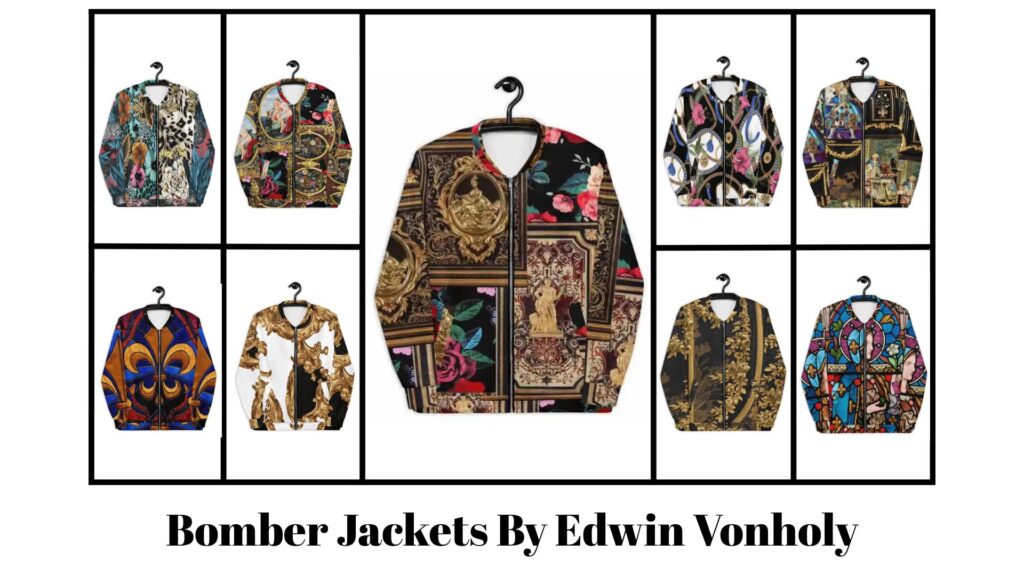The History and Popularity of the Men’s Sherpa Jacket
The men’s sherpa jacket has become a staple of modern fashion, known for its warmth, comfort, and effortlessly cool appeal. But how did this cozy garment come to be, and why has it remained so popular over the years? Let’s dive into the history of the men’s sherpa jacket and explore why it continues to be a favorite for men of all ages.
Origins of the Sherpa Jacket
The sherpa jacket has its roots in the sherpa people of Nepal, an ethnic group renowned for their mountaineering skills. The word “sherpa” originally referred to this group of people, who lived in the rugged Himalayan mountains and were known for their ability to navigate harsh and cold terrains. To survive the cold, the sherpas developed their own type of warm outerwear made from wool, animal hides, and other natural materials.
The style of outerwear worn by the sherpas was often designed with functional warmth in mind, incorporating insulated, thick materials that would keep them comfortable during their demanding mountain expeditions. As the jacket became a symbol of the practical, rugged lifestyle of the sherpas, it eventually caught the attention of Western fashion designers.
The Rise of the Sherpa Jacket in Western Fashion
The sherpa jacket made its debut in mainstream Western fashion in the mid-20th century, particularly during the 1960s and 1970s. At this time, the jacket’s signature fleece lining, which mimicked the soft texture of sheepskin, began to gain attention in the fashion industry as an appealing combination of warmth and style. Western fashion embraced the sherpa jacket, which was often used as lining for denim jackets, bomber jackets, and coats.
By the 1980s and 1990s, sherpa jackets became a popular outerwear choice among the grunge and mountain lifestyle movements. The influence of outdoor adventure culture and the rise of brands like Patagonia, The North Face, and Columbia helped propel the jacket into fashion mainstream. Sherpa-lined jackets and vests became staples for both outdoor enthusiasts and fashion-conscious individuals, thanks to their practicality, warmth, and unique texture.
The Popularity of the Men’s Sherpa Jacket Today
Today, the men’s sherpa jacket is more popular than ever. It has evolved from a rugged piece of outerwear designed for survival in harsh environments to a stylish and cozy layering piece suitable for both casual and semi-casual outfits. It can now be found in various forms—whether as a full jacket, vest, or even as a lining for coats and parkas—showing its versatility and adaptability in modern fashion.
The main reasons behind the enduring popularity of the men’s sherpa jacket are its comfort, warmth, and practicality. Sherpa is soft, plush, and insulating, making it an ideal material for cold weather. However, unlike other bulky insulation materials, sherpa jackets maintain a relatively light weight, making them easy to wear without feeling weighed down. In addition to offering warmth, they provide an instant style upgrade with their textured, rugged appeal.
Fashion-Forward Appeal
The versatility of the sherpa jacket allows it to be dressed up or down, making it a go-to piece for different occasions. Casual outfits can benefit from the cozy charm of a sherpa jacket paired with jeans or chinos, while it can also be incorporated into layered street style looks over hoodies and t-shirts. Over the past few years, designers have embraced sherpa jackets in more polished forms, adding sleek finishes and sleeker cuts to the designs, so they can be worn in a variety of settings, including urban and semi-formal occasions.
Brands such as Levi’s, Ralph Lauren, Burberry, and Uniqlo have popularized the men’s sherpa jacket by offering trendy yet classic designs. Many manufacturers have taken the traditional sherpa jacket to the next level, introducing modern touches like water-resistant exteriors, sleeker fits, and design variations that cater to both urban and outdoor enthusiasts.
Sherpa Jacket Collaborations and Influences
Another reason behind the jacket’s growing popularity is its influence on pop culture. Over the past decade, collaborations between fashion houses and outdoor brands have brought the sherpa jacket into the luxury fashion scene. Celebrities like Kanye West, Pharrell Williams, and Justin Bieber have been seen rocking sherpa-lined jackets, adding to its cool factor and mass appeal.
The sherpa jacket has become a symbol of effortless cool—with athleisure and streetwear fashion trends embracing the look, blending it with everything from sneakers to tailored trousers. Fashion-forward influencers on social media platforms like Instagram and TikTok have further contributed to its rise, often showcasing it as part of layered outfits that combine both comfort and style.
Sustainable Sherpa Jackets: Eco-Conscious Appeal
As sustainability becomes a bigger focus in the fashion world, the popularity of sherpa jackets has grown due to their eco-friendly materials. Many brands have turned to recycled polyester, organic cotton, and even sherpa made from plastic bottles in response to consumer demand for sustainable options. These eco-conscious options allow wearers to enjoy the warmth and softness of the jacket while minimizing their environmental footprint.
Additionally, the longevity of the sherpa jacket makes it an excellent investment. A well-made sherpa jacket, when cared for properly, can last for many years, making it a sustainable choice compared to fast fashion items that need to be replaced more frequently.
Conclusion
The men’s sherpa jacket has come a long way since its humble beginnings among the mountaineering Sherpa people. What began as a functional piece of outerwear designed for survival has evolved into a versatile fashion statement that offers both warmth and style. Today, it remains as relevant as ever, thanks to its comfort, functionality, and appeal across various fashion trends. Whether you’re layering it with a hoodie for casual street style or pairing it with a tailored outfit, the sherpa jacket is here to stay as a beloved winter wardrobe essential.


